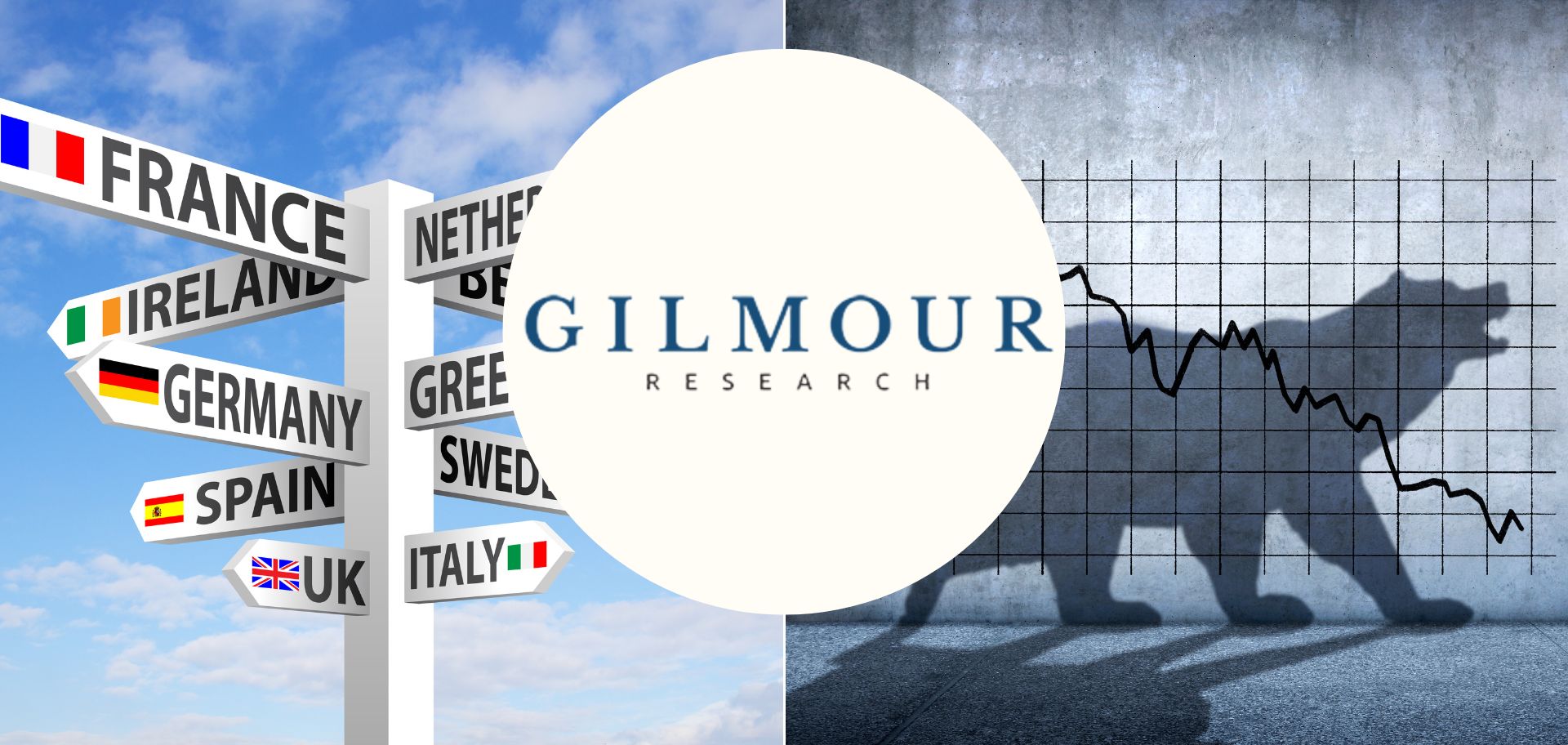It’s quite incredible how sentiment can change towards economies in the course of a few weeks or a few months. But that is precisely what has happened with respect to not only the US but also the EU economies in the past few months. Chris Gilmour elaborates.
Did Powell get it right?
It seems like yesterday that many observers were warning about US inflation getting out of hand and US Federal Reserve chair Jerome Powell perhaps having gone too far and precipitating a deep recession in the US. Others were saying he hadn’t gone far enough and that a return to the days of Paul Volcker and 20% plus interest rates was on the cards.
In any event, it appears as if Powell’s recipe for interest rate increases has been pitched just right.
Consensus is now for a mild recession in the US, beginning in March this year and only lasting a few months. Inflation and interest rates will probably begin easing towards year end.
Europe: not as bad as feared
Europe, where all sorts of nasties were being touted, most as a direct result of the Russo/Ukraine war, isn’t looking nearly as bad all of a sudden. Germany isn’t going into recession after all and its manufacturing base is able to soldier on, albeit that it has had to pay a lot more for its energy supplies. The European winter has turned out to be remarkably benign, with many European ski resorts literally having no snow other than artificial snow created by snow cannons.
Gas stores will easily last the entire winter.
Of course, next winter may well be very different, especially if Russia does indeed cut off all supplies to Europe by then. But for the meantime, tales of Europe’s demise appear to have been greatly exaggerated.
Even the UK, the “sick man of Europe” now that it’s hobbled by rolling industrial action, may just miss recording a technical recession in the last quarter of 2022 by the skin of its teeth. Figures from the Office for National Statistics (ONS) showed that the UK recorded a slight year on year uptick in GDP growth in November of 0.1%, compared with a consensus of 0.2% decline. In the three months to end September, GDP shrank by 0.3% and the bean-counters at the ONS have calculated that the UK’s GDP would need to have fallen by 0.5% in December in order to have two consecutive quarters of negative economic growth, the classical definition of recession.
What does this mean for stocks?
So with all this relatively less bad news in mind, why are global equity markets (especially in the US) performing so poorly?
The S&P 500 is down around 18% from its peak at the time of writing.
The answer probably lies in the combination of mistrust of the Fed (maybe Jerome Powell and his colleagues on the FOMC will keep on hiking beyond year-end) and the realisation that generally higher inflation and interest rates are here to stay for the time being.
That’s bad news for tech stocks, which have been the main drivers of the US market in recent years. One only has to look at the scale of layoffs currently taking place in Silicon Valley stocks to appreciate the real impact of the downturn on this segment of the market. A strong dollar doesn’t help either, but as rates begin to be perceived to be peaking in the US, the strength in the USD will likely falter.
But eventually investors and speculators alike will start buying tech stocks again once they perceive the rout to be over. In the meantime, attention is probably likely to be more focused on commodity-type stocks that will do well out of higher demand for basic metals and materials. All those cynics who said that the JSE was finished and that the only place to invest was offshore are now eating their words, as the JSE All Share hits news highs almost every trading day.
Every dog has its day and the JSE was a real dog for a long time. So enjoy the current boom while it lasts, because it never does.



